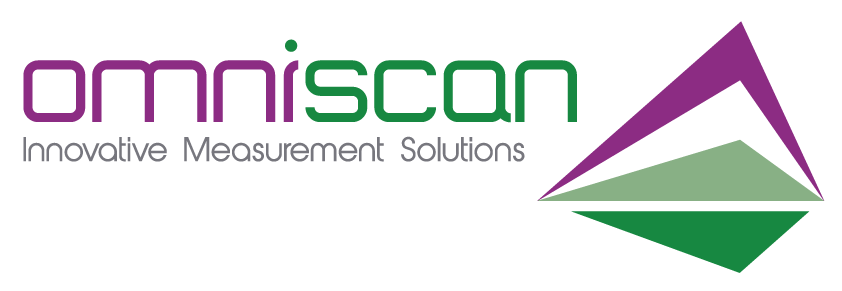Surface finish refers to the texture and quality of a metal surface after it has been machined, ground, polished, or treated. It’s more than just a visual or tactile feature — surface finish directly affects the performance, functionality, and durability of a metal component. In precision engineering, manufacturing, and quality control, knowing and controlling surface finish is essential.
At Omniscan, we regularly support clients in assessing and verifying metal surface finish using non-contact metrology systems that ensure accuracy without risk of surface damage.
What Is Surface Finish?
Surface finish, sometimes called surface texture, describes the fine irregularities and overall roughness left on a metal surface by manufacturing processes. These characteristics can include:
- Roughness – small, closely spaced deviations
- Waviness – more widely spaced surface irregularities
- Lay – the direction or pattern of the surface texture
- Flaws – scratches, pits, or cracks
Each of these factors plays a role in how the surface will perform under stress, interact with other parts, or respond to coatings and adhesives.
Why Surface Finish Matters
In engineering and manufacturing, surface finish impacts:
- Friction and wear – Smoother finishes reduce mechanical wear
- Corrosion resistance – Textured surfaces may trap contaminants or moisture
- Fit and assembly – Surface variations affect how components align or bond
- Optical or aesthetic quality – Especially important in consumer or medical products
For high-performance applications, particularly in aerospace, medical devices, and precision tooling, surface finish is often a critical specification.
How To Measure Surface Finish
Surface finish is usually quantified in microns (µm), with values such as Ra (Roughness Average) and Rz (Mean Peak-to-Valley Height) being standard parameters.
While contact profilometers are still used in some environments, non-contact optical profilers are increasingly preferred for their speed, repeatability, and non-destructive nature. These systems can measure roughness, waviness, and other topographical features at high resolution — ideal for both smooth and complex metal surfaces.
Precision Surface Metrology
Choosing the right measurement system depends on your surface type and required accuracy. At Omniscan, we provide advanced surface analysis systems capable of profiling metals from ultra-polished mirrors to textured machined components. Our experts can help assess compliance with your industry standards and improve quality control processes.
Get in touch to discuss your surface finish measurement requirements or explore our range of non-contact metrology solutions.


